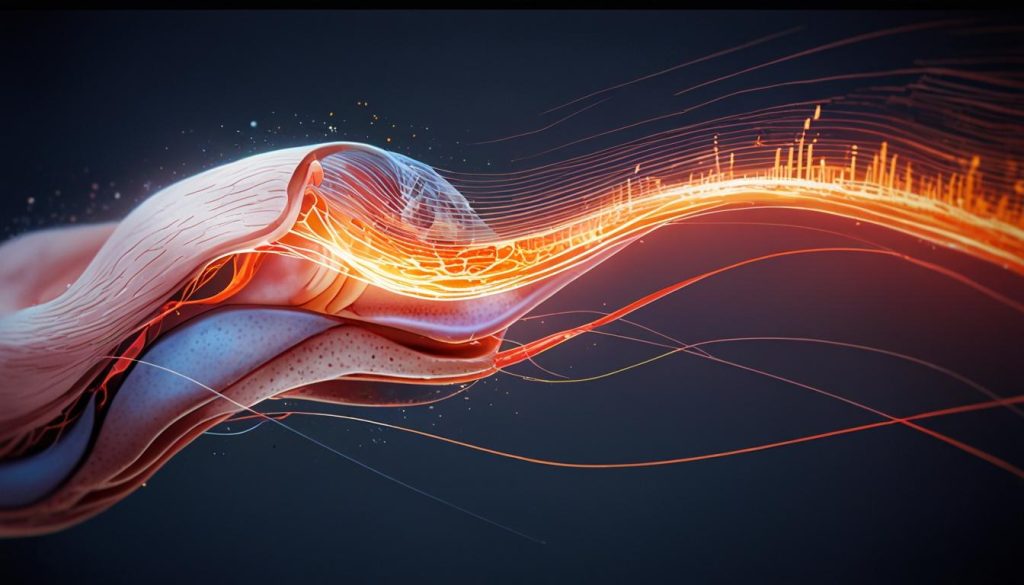**London**: Researchers at MIT’s McGovern Institute have made significant strides in auditory processing, highlighting the importance of precise timing in neurons for sound recognition. Their findings pave the way for advancements in hearing technologies, optimising devices like cochlear implants and improving strategies for addressing hearing loss.
Recent breakthroughs in auditory research have unveiled significant insights into how humans process sound and the potential implications for hearing restoration technologies. Researchers at MIT’s McGovern Institute for Brain Research have developed new models of human hearing, as detailed in a study published in Nature Communications. Led by professor Josh McDermott, the team’s findings emphasise the vital role of precise timing in auditory neurons and how this affects our ability to recognise voices, localise sounds, and comprehend language.
When sound waves enter the inner ear, they are translated into electrical signals by auditory neurons, which communicate with the brain through rapid spikes in voltage. These spikes, which can occur at rates of up to hundreds per second, must align precisely with the oscillations of the incoming sound waves to convey the correct information. The research team has demonstrated that such “phase-locking” of action potentials is essential for processing sound effectively.
“The action potentials in an auditory nerve get fired at very particular points in time relative to the peaks in the stimulus waveform,” explained McDermott. “If you want to design a prosthesis that provides electrical signals to the brain to reproduce the function of the ear, it’s arguably pretty important to know what kinds of information in the normal ear actually matter.”
Previous research into auditory processing has faced challenges, particularly due to the inaccessibility of the auditory nerve in human subjects and the limitations of animal models. To overcome these hurdles, the researchers turned to artificial neural networks to simulate auditory processing, allowing them to create more relevant tasks that reflect real-world scenarios.
Graduate student Mark Saddler, now affiliated with the Technical University of Denmark, noted that earlier models often performed too well and did not mimic real human hearing challenges. The new model, however, was refined to replicate complex tasks, such as recognising words and voices amidst varying background noises. The MIT team’s findings revealed that the model’s performance aligned closely with human auditory behaviour, indicating a significant advancement in the understanding of auditory processing.
Notably, when the timing of the simulated spikes was degraded, the model struggled to replicate human abilities in voice recognition and sound localisation. This underscores the importance of precise timing for functional hearing. According to Saddler, “You need quite precise spike timing in order to both account for human behaviour and to perform well on the task.”
The implications of this research extend beyond basic science; they present avenues for improving auditory healthcare technologies. By understanding how different auditory signals—especially those impaired by hearing loss—affect behaviour, researchers can better diagnose hearing issues and optimise the design of hearing aids and cochlear implants. McDermott elaborated, “Now that we have these models that link neural responses in the ear to auditory behaviour, we can ask, ‘If we simulate different types of hearing loss, what effect is that going to have on our auditory abilities?'”
This innovative approach not only sheds light on the intricacies of human auditory processing but also sets the stage for future advancements in how auditory dysfunctions are understood and treated. The potential for tailored auditory devices to support diverse listening environments may revolutionise approaches to mitigating hearing impairments, enhancing patients’ quality of life. As the field progresses, the insights from this study could lead to more effective interventions for those experiencing hearing loss.
Source: Noah Wire Services

